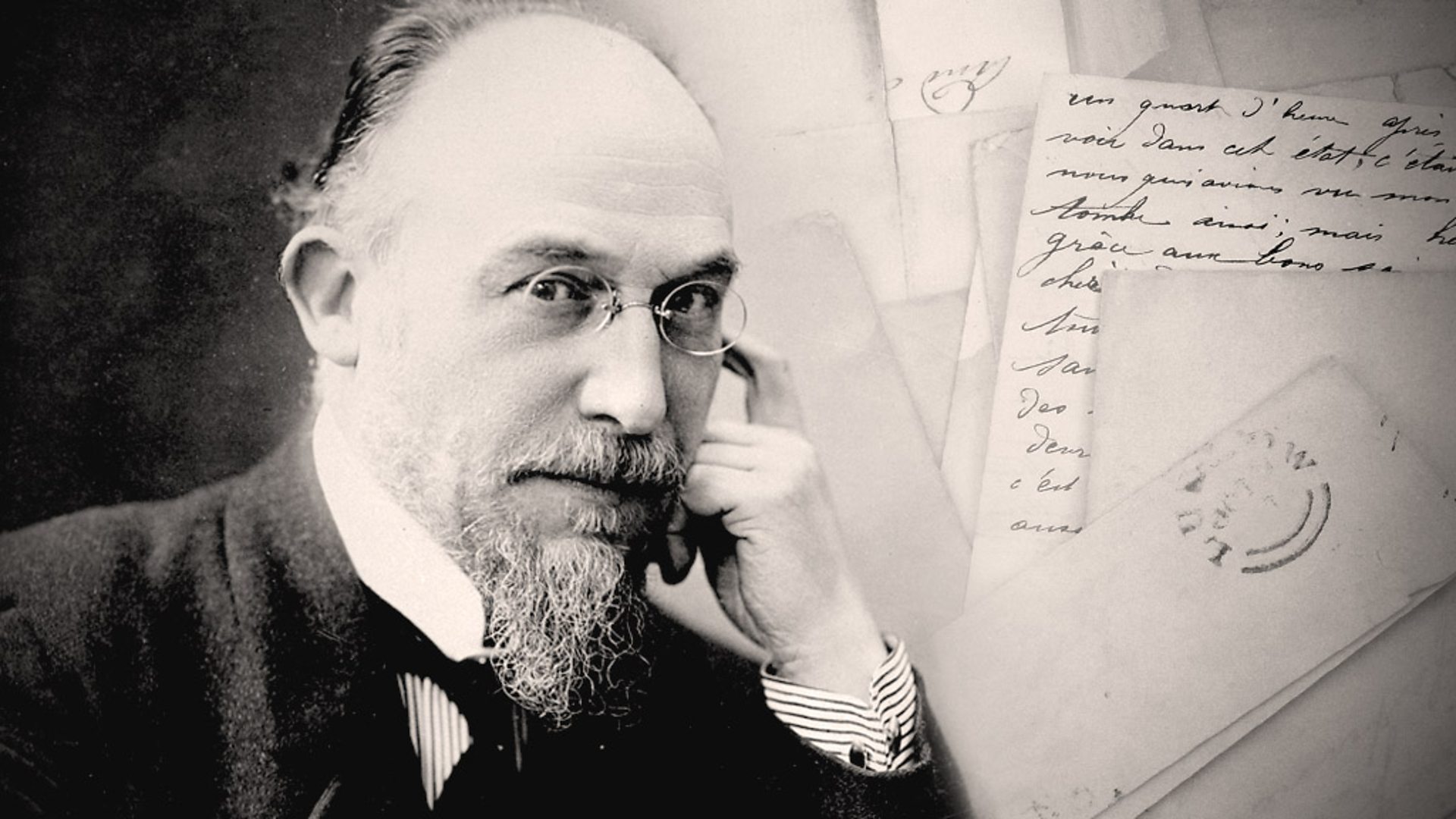With their sense of serene detachment, hypnotic repeating rhythms, and harmonic stasis, Erik Satie’s Trois Gymnopédies opened the door to a dreamy new world, previously unimagined.
Composed in 1888, the brief, atmospheric solo piano works anticipated ambient and experimental music of the late 20th century. The composer and theorist, John Cage, declared Satie’s innovations to be “indispensable.”
The iconic Gymnopédies have influenced numerous works, from Stephen Sondheim songs such as Barcelona, to Janet Jackson’s 2001 Someone To Call My Lover. Add to the list A New Satiesfaction by Berlin Philharmonic cellist Stephan Koncz. The brief work for string quartet was composed in 2016 for the ensemble, Made in Berlin. Satie’s original music becomes “source material” for an amiable new piece which includes ethereal violin harmonics and pulsing cross-rhythms.
The composer writes of
Erik Satie’s famous Gymnopédie No. 1 giving inspiration to a completely new work: A slightly melancholic musette meeting minimalistic influences, a middle part that takes the main theme into our times, turning later into an ecstatic version on an imaginary dance floor. After a powerful climax the original musette returns – somewhat regretful – and ends reminiscent of the past.
This recording features Made in Berlin with first violinist Ray Chen:
Recordings
- Koncz/Satie: A New Satiesfaction (Gymnopédie No. 1), Ray Chen, Made in Berlin raychenviolin.com

